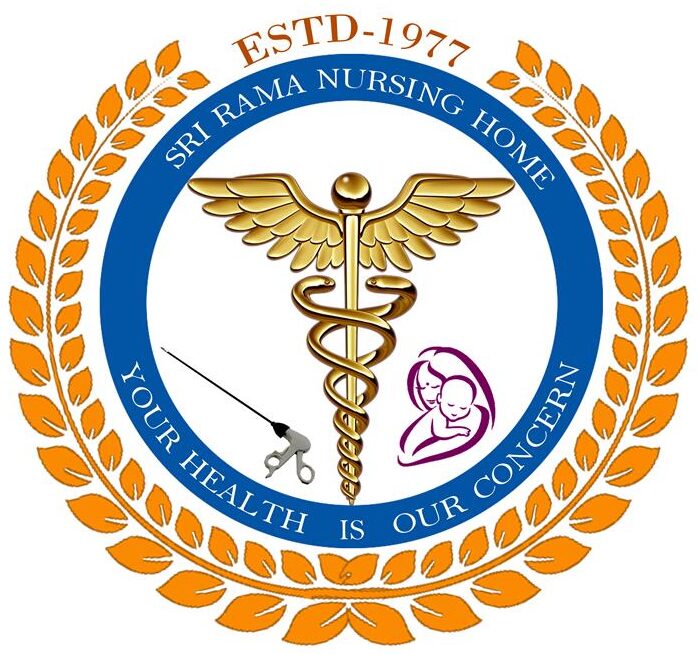Laparoscopic Fundoplication is a surgical technique used for treating issues tied to the digestive system. Although the name sounds complicated, it’s simpler than you might think. It helps fix things like acid reflux by reinforcing the valve between the esophagus and the stomach. The procedure involves smaller cuts, meaning less pain and quicker recovery. With this minimally invasive method, patients usually experience fewer complications and can return to daily activities faster.
Discovering the Role of Laparoscopic Fundoplication in Addressing GERD
Gastroesophageal Reflux Disease, or GERD, is a condition where stomach acid often leaks back into the esophagus. This can lead to symptoms like heartburn, chest pain, and even trouble swallowing. For many people, GERD is a frustrating problem that can affect daily life significantly.
Laparoscopic Fundoplication plays a vital role in treating GERD. This disease often challenges patients, especially when traditional treatments like medications fail. This procedure strengthens the barrier to prevent acid from returning to the esophagus, bringing relief.
Why choose this method over others? Well, the benefits of laparoscopic fundoplication include:
- Less pain post-surgery compared to traditional methods.
- Smaller scars, as the cuts are much tinier.
- A shorter stay in the hospital, meaning getting back to life sooner.
People who’ve undergone this procedure often report feeling much better. They experience fewer symptoms, making everyday activities easier and more enjoyable. The effectiveness of laparoscopic fundoplication in reducing GERD symptoms is a game-changer, and it improves many patients’ quality of life significantly.
The Step-by-Step Process and Post-Surgery Insights
Understanding the laparoscopic fundoplication procedure is crucial for those considering it. Here’s a general idea of what it looks like from start to finish:
- Pre-Operative Care: Before the operation, your doctor will guide you on how to prepare. This might include avoiding specific foods, medications, or adjusting your daily habits.
- Surgery Day: The procedure itself involves the surgeon making a few small cuts in your abdomen. Tiny tools help them work, ensuring minimal trauma. They wrap the top of your stomach around the lower esophagus to strengthen the barrier.
- Recovery Time: Post-surgery, you might stay in the hospital for a few days. Laparoscopic fundoplication recovery time typically lets patients return to normal activities within a few weeks.
After the surgery, there are some things to keep in mind: – You might experience certain laparoscopic fundoplication side effects like bloating, difficulty swallowing, or gas. These often subside as you heal. – Maintain a soft diet initially to help your stomach adjust.
It’s also essential to acknowledge possible complications of laparoscopic fundoplication such as infection or injury to the surrounding organs. However, the risks are generally low, especially in experienced hands.
Exploring the Scope and Safety of the Procedure
Indications for laparoscopic fundoplication include persistent GERD symptoms unresponsive to medication, hiatal hernia, or esophageal damage. However, not everyone is a candidate. Contraindications for laparoscopic fundoplication might involve severe esophageal mobility issues.
Some risks, although infrequent, can arise. Concerns include, but are not limited to, bleeding and infection. These are usually managed effectively with prompt care.
Technology, such as robotic-assisted surgeries, is further improving the accuracy and success rates of this procedure. These advancements ensure a safer, more reliable surgery.
Moreover, there are myths associating the procedure with undue complications. It’s essential to rely on medical professionals for accurate information and avoid misinformation. Encouraging informed decisions can significantly impact patient outcomes positively.
Global Perspective: Availability and Advancements
Globally, laparoscopic fundoplication is gaining traction, notably in Europe, North America, and Asia. These regions see high success rates, making this technique widely accessible.
With ongoing technological enhancements, this surgery is becoming even more effective. Innovations ensure smaller incisions, faster recovery, and fewer complications, marking it as a reliable option.
Looking forward, the future of laparoscopic surgeries is promising. As technology advances, the medical field will see even more refined procedures that provide quicker recovery and enhanced patient satisfaction.
Remember, always consult a medical expert for personal insights. As each patient is unique, personalized treatment decisions are crucial, and staying informed ensures the best outcomes.
Laparoscopic fundoplication is a minimally invasive surgical procedure commonly used to treat gastroesophageal reflux disease (GERD) and hiatal hernia. This procedure involves wrapping the top of the stomach around the lower esophagus to prevent acid reflux and relieve symptoms such as heartburn, regurgitation, and difficulty swallowing. With faster recovery times and fewer complications compared to traditional surgery, laparoscopic fundoplication offers a safe and effective solution for long-term relief.
If you’re struggling with GERD or similar conditions, Sree Rama Nursing Home offers expert laparoscopic fundoplication surgery performed by skilled surgeons.
Don’t wait—consult Sree Rama Nursing Home today for a thorough evaluation and personalized treatment plan.

